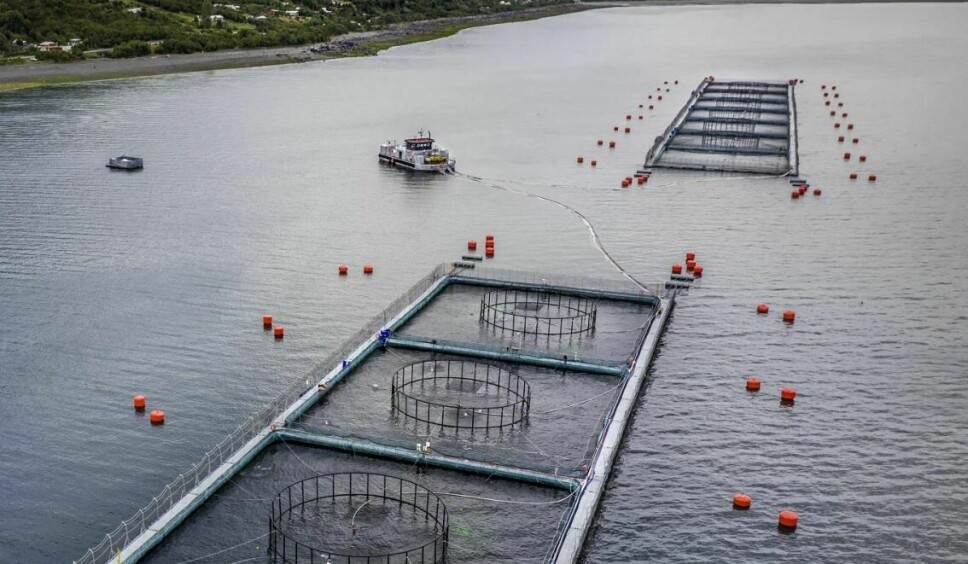
Chilean salmon farmer increased earning by 600% in Q3
High prices and bigger harvest boost Camanchaca
Chilean fish farmer Salmones Camanchaca increased earnings by more than 600% in the third quarter of this year compared to the same period in 2021.
Camanchaca, which farms Atlantic and coho salmon, had EBITDA – a measure of operating profit – of US $25.6 million, up from $3.6 m in Q3 last year.
The increase was primarily due to a 20% increase in Atlantic salmon prices and a 24% increase in volume sold. Camanchaca harvested 14,326 tonnes (whole fish equivalent) of Atlantic salmon in the quarter, 51% more volume than in Q3 2021. There were no coho harvests during the quarter, but sales of coho in the period resulted in an EBIT/kg WFE of $1.16.
Ex-cage cost
Atlantic salmon cost Camanchaca $4.17 per kilo to farm, which was one cent lower than in Q3 2021 despite higher feed costs and inflation, when costs were skewed by lower volumes caused by algal bloom mortalities. The cost was $5.51 per kilo after processing.
The ex-cage cost in Q3 was $1.1 per kilo higher fish from the same sites in the previous farming cycle, which were produced before Covid-19 and Russia’s invasion of Ukraine impacted the world economy.
EBIT per kg (WFE) of Atlantic salmon was $1.78 (Q3 2021: $-0.05).

Cost pressures
The salmon farmer’s vice chairman, Ricardo García, said: “After two complex years, with a pandemic and a period of great drought and sunnier summer in Patagonia, today we once again register results consistent with the capabilities of Salmones Camanchaca, not very different from those achieved in 2018-2019.
“Perhaps what is extraordinary about this 2022 is that the limitations of world supply and the strength of demand have allowed salmon prices to cover the significant cost pressures that we have experienced due to inflation on supplies and services.
“Salmones Camanchaca continues to deploy its strategy of adjusting production and commercial plans to better adapt to the effects of possible climate change, incorporating all risk mitigation practices and technologies, and developing main markets to come up with better solutions for our customers. These initiatives will mature in 2023, which will allow us to take a step forward in the use of our capabilities in 2024-2025.”
Camanchaca’s production target for both 2022 and 2023 is in the range of 50-60,000 tonnes WFE. The total production capacity for both Atlantic and coho salmon is 65-70,000 tonnes WFE, which the company expects to reach within three years.























































